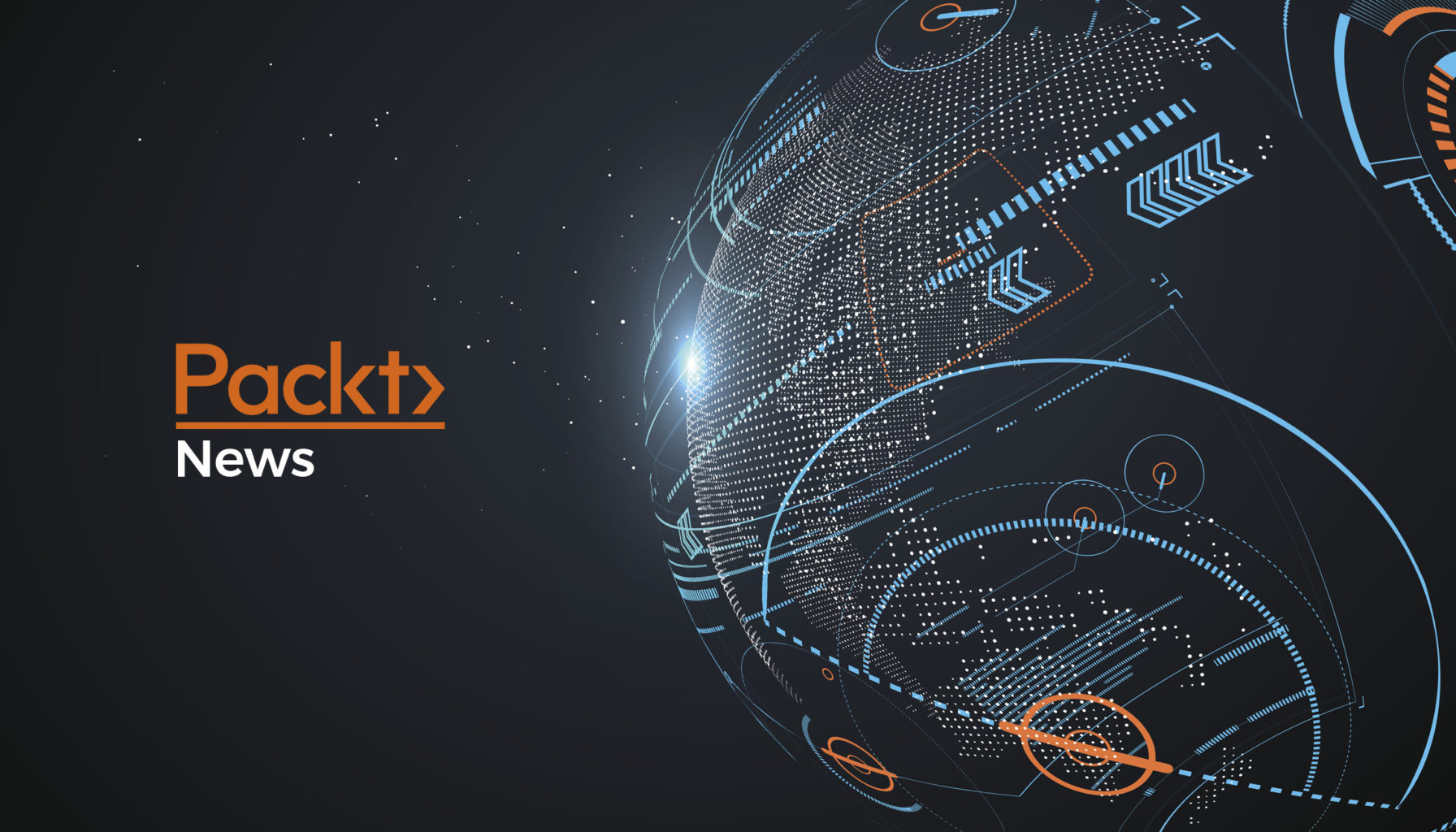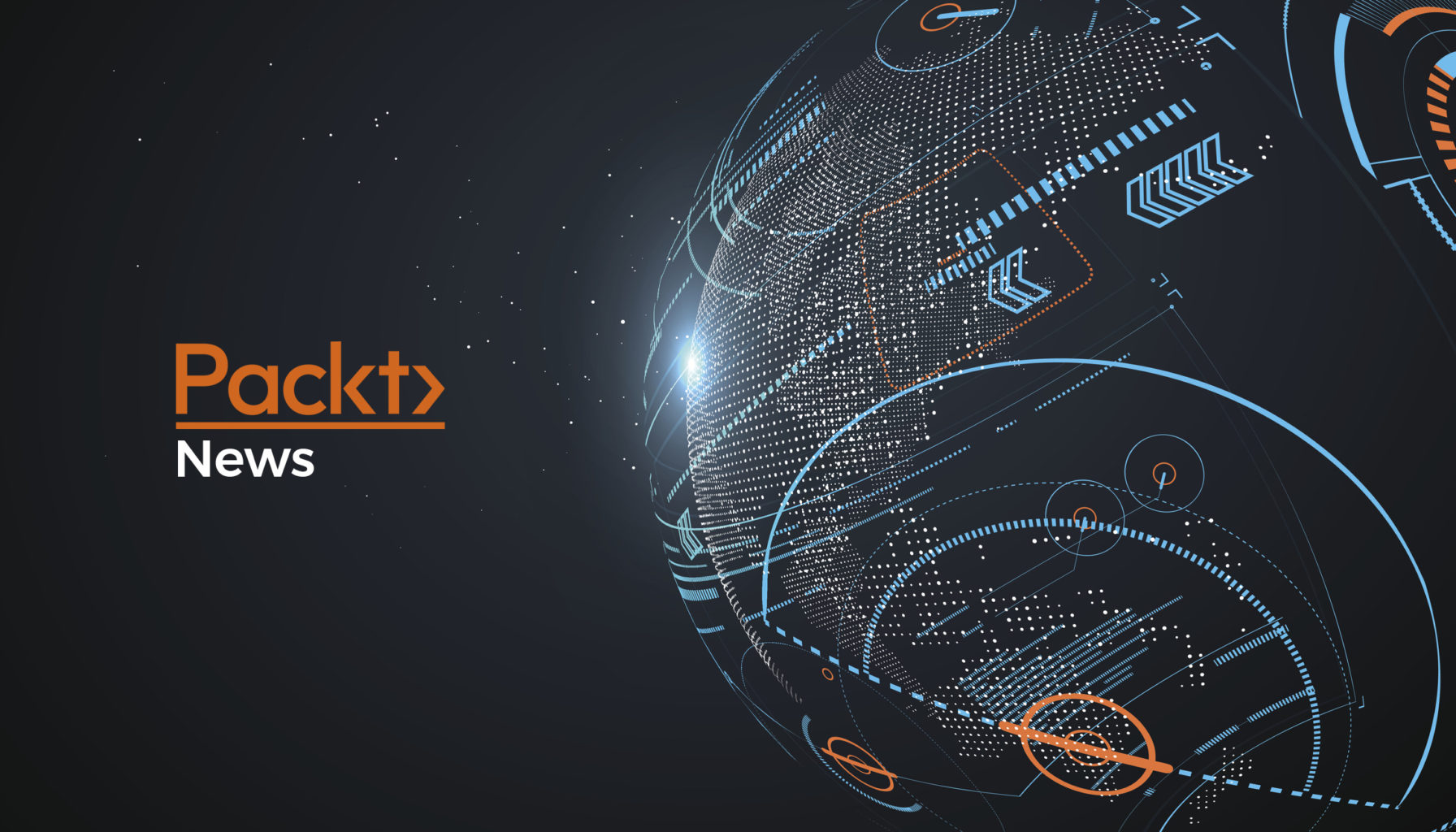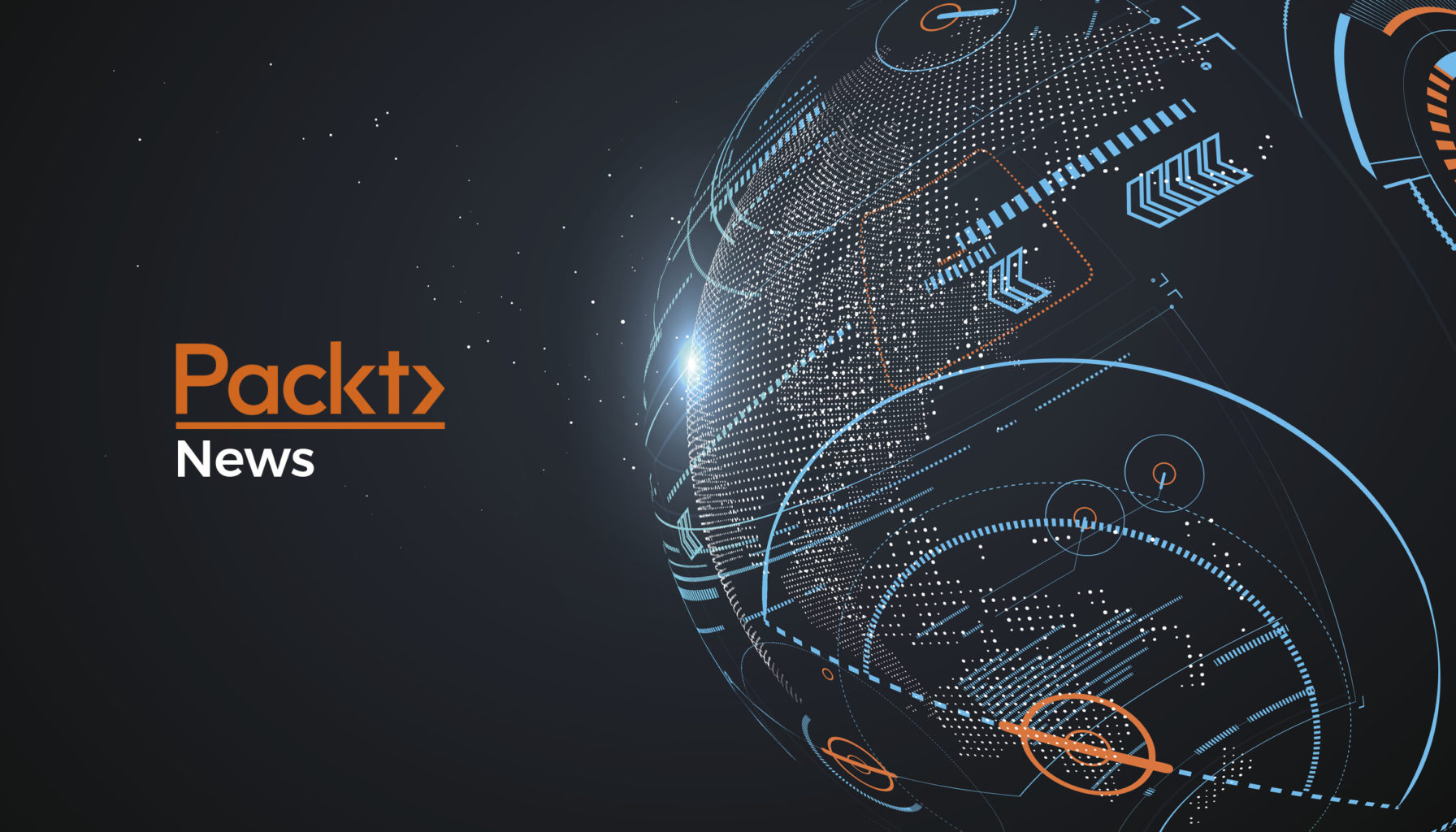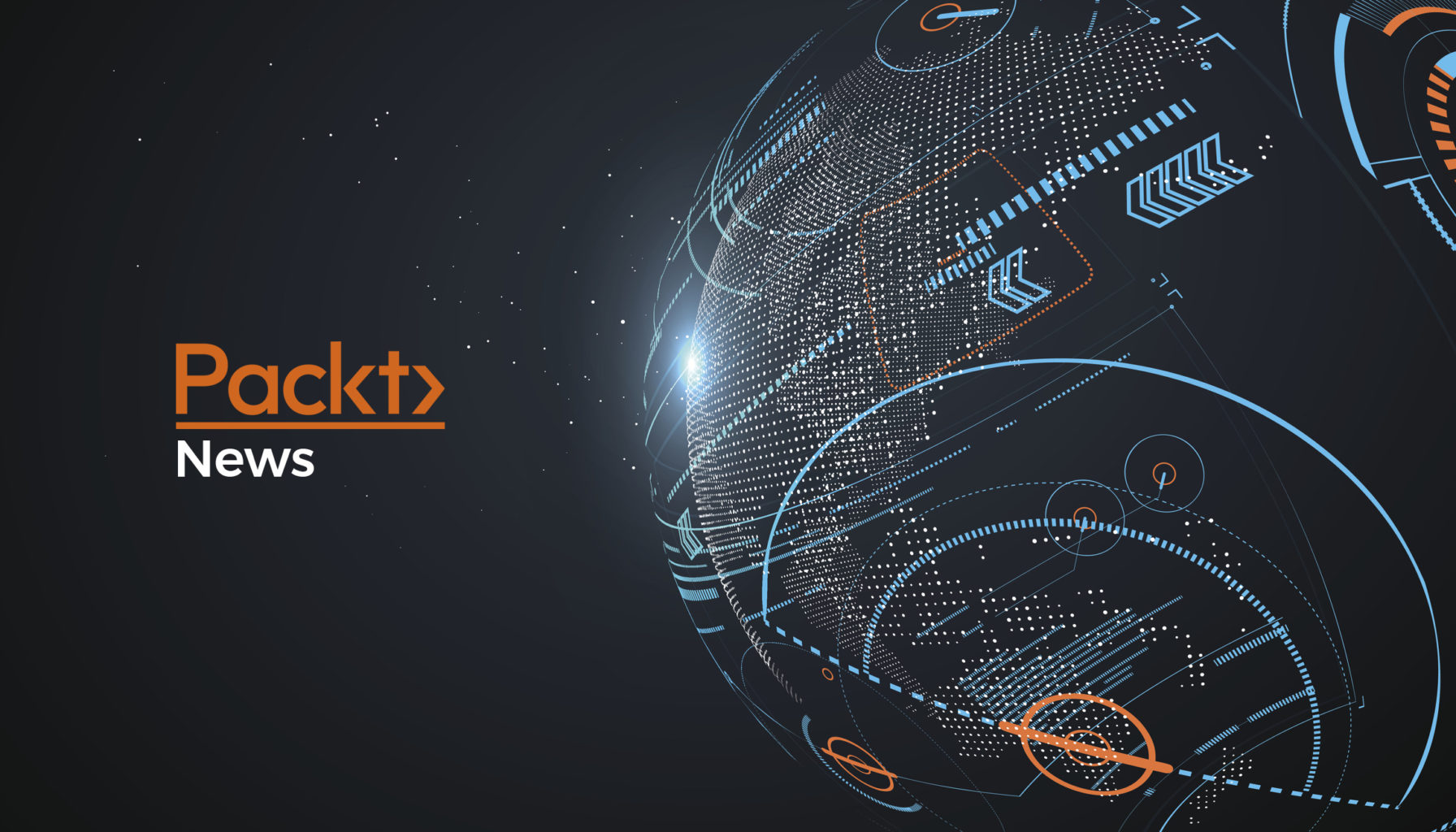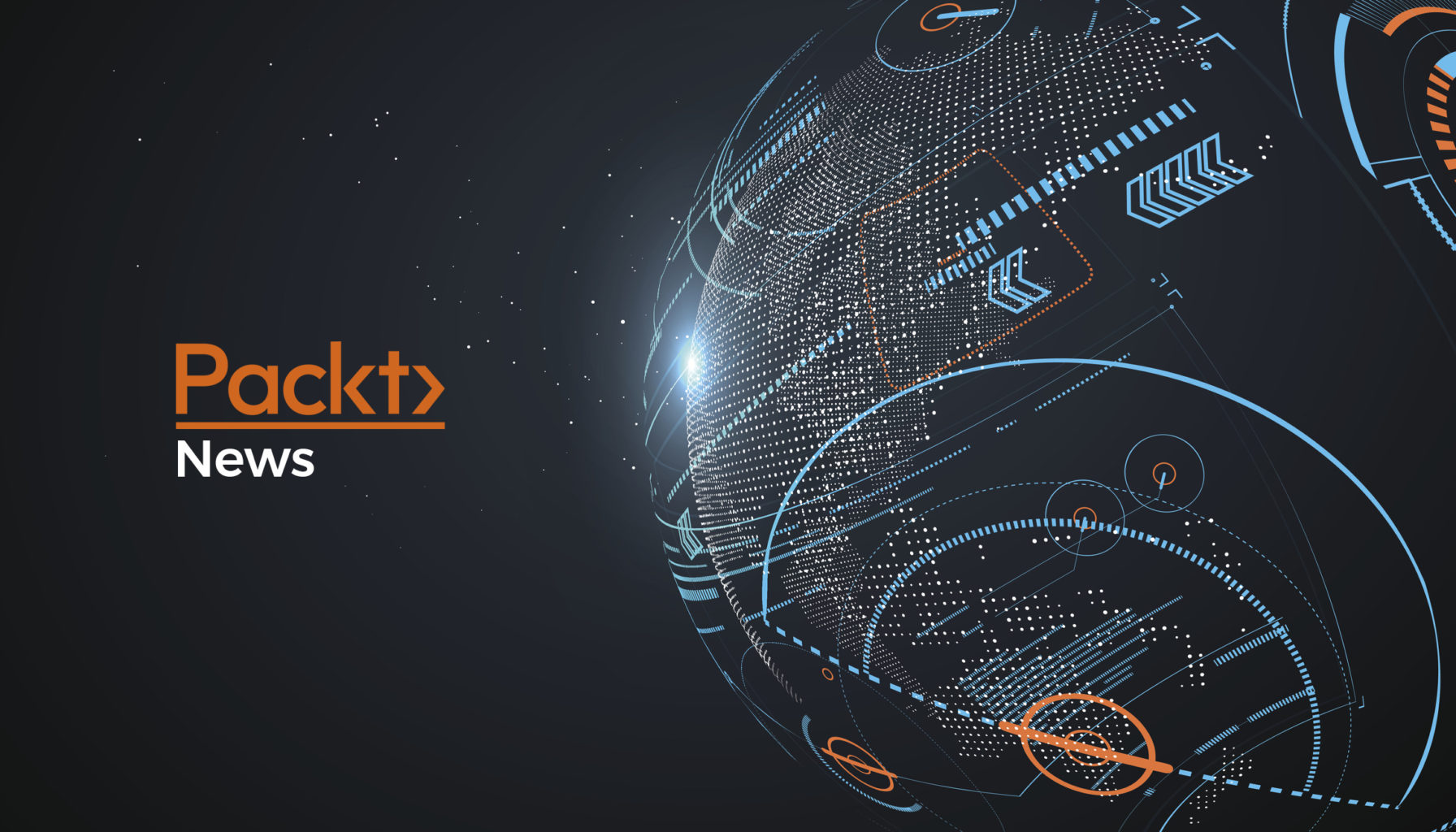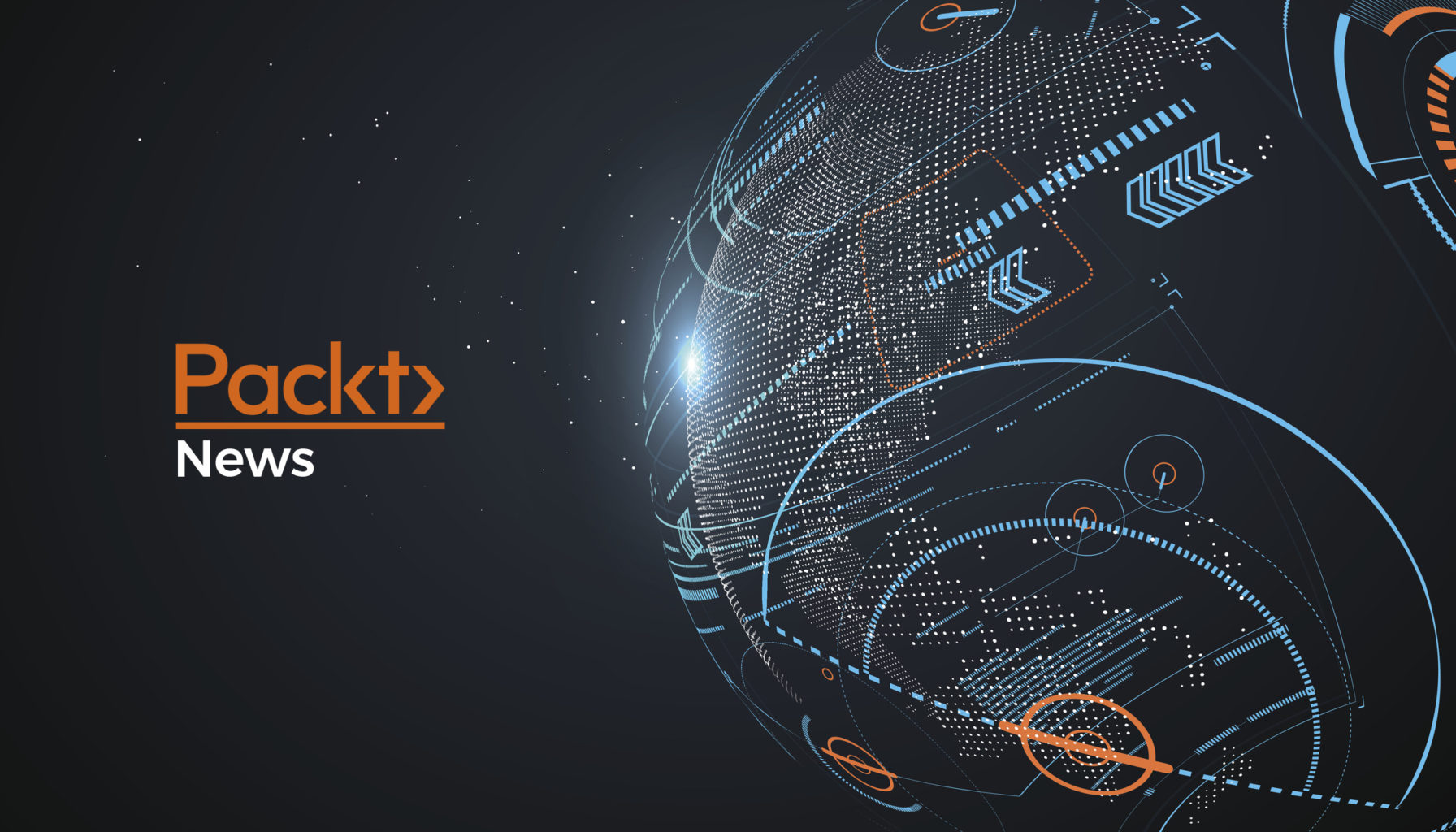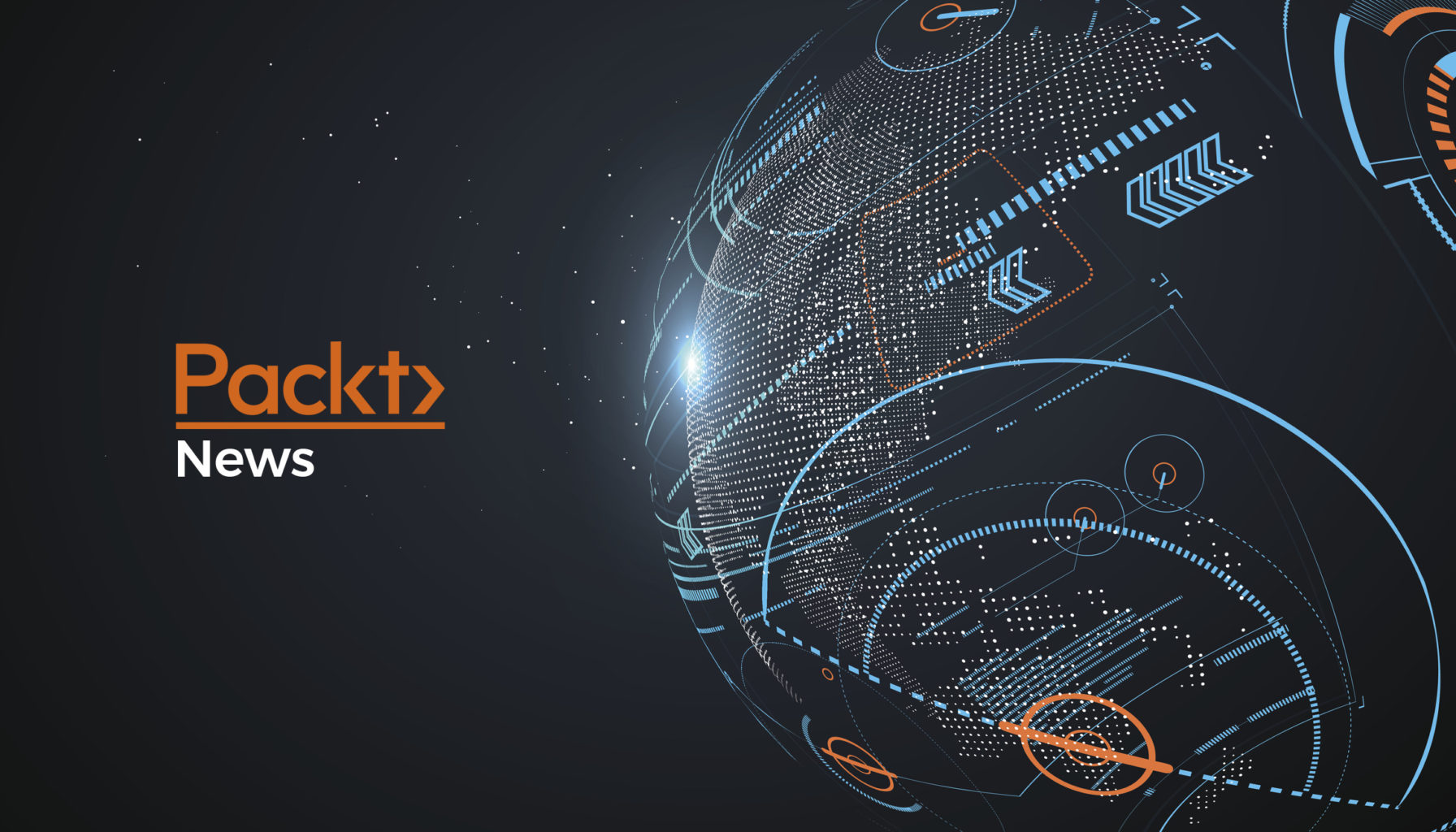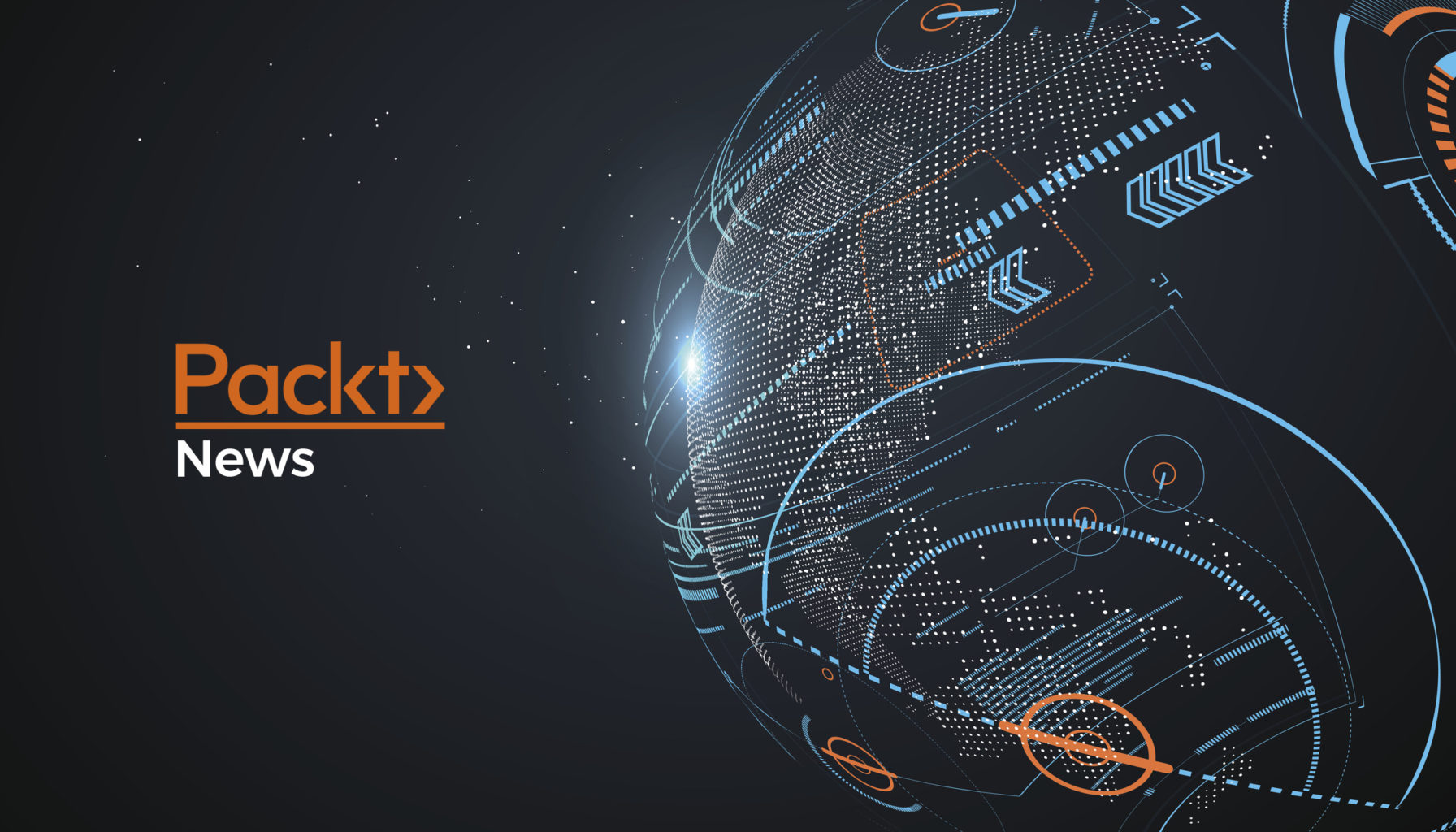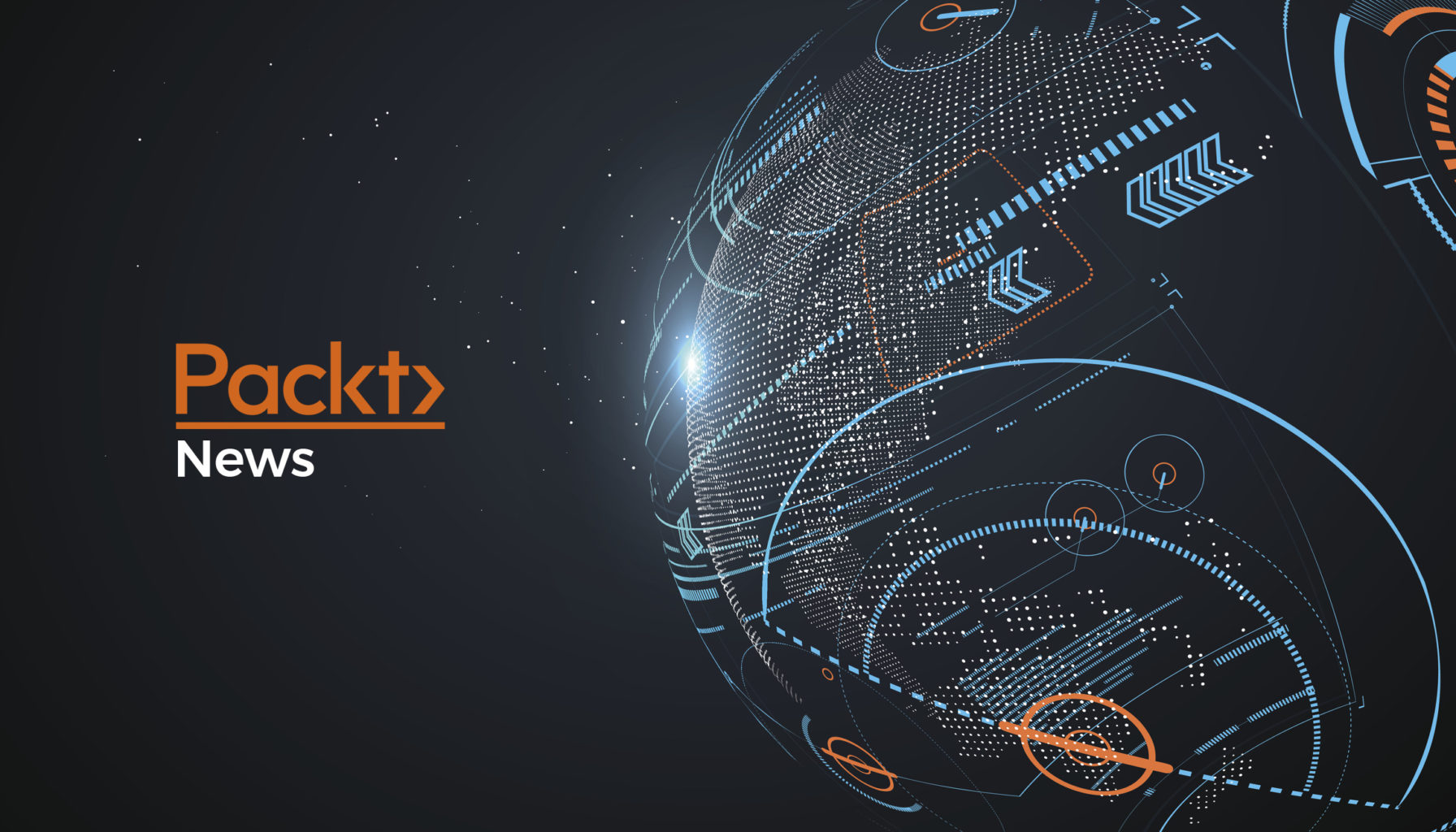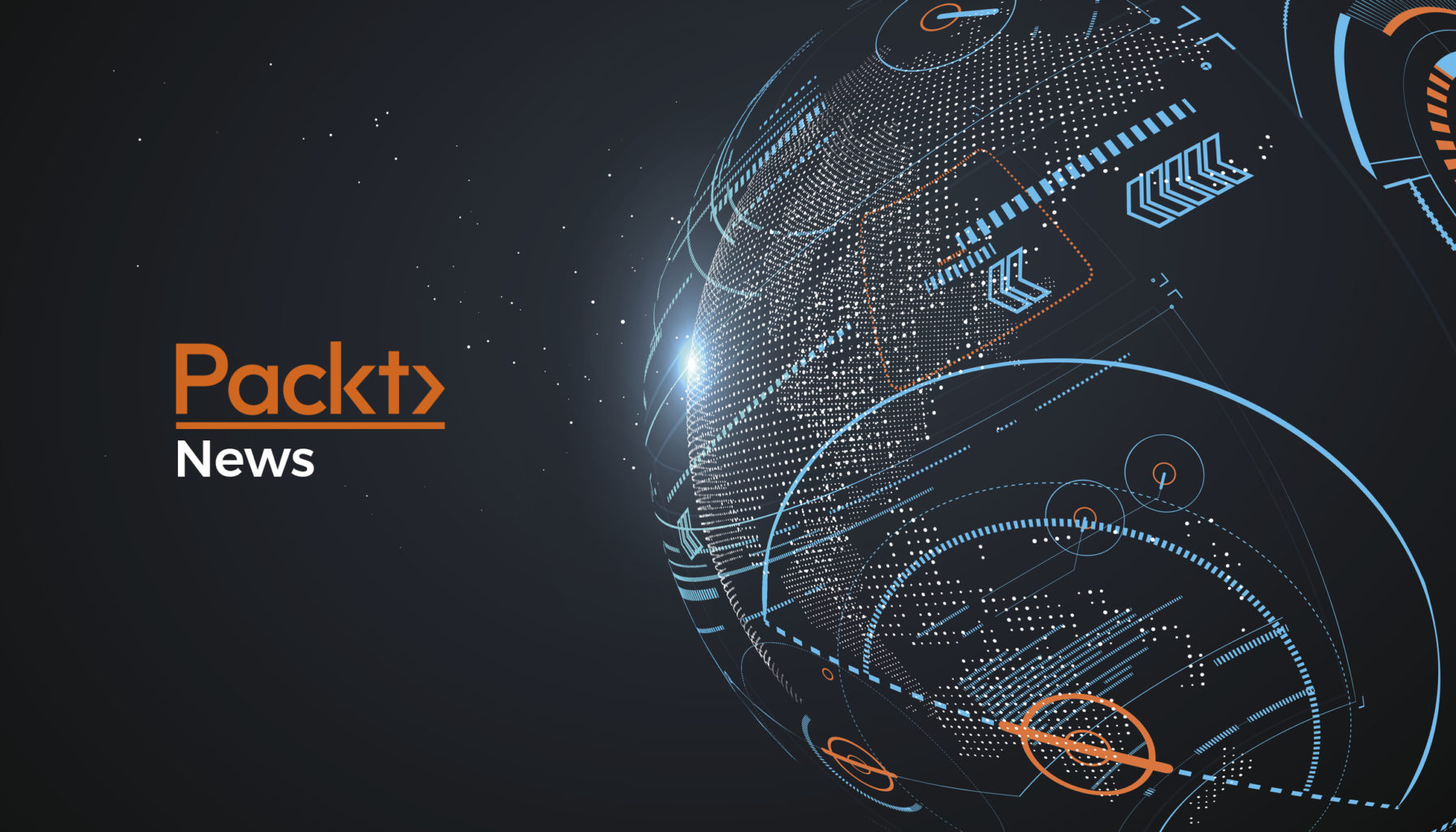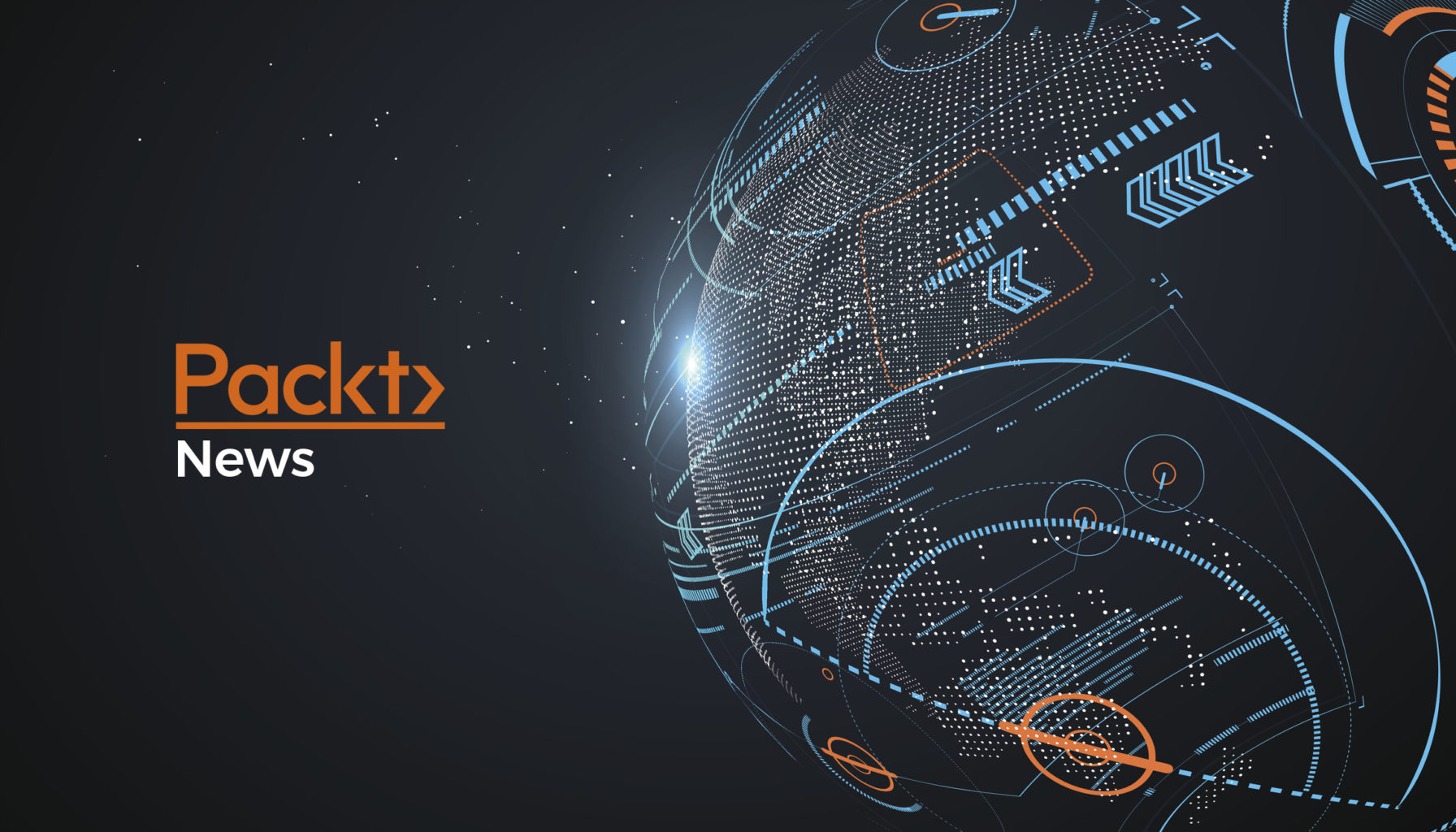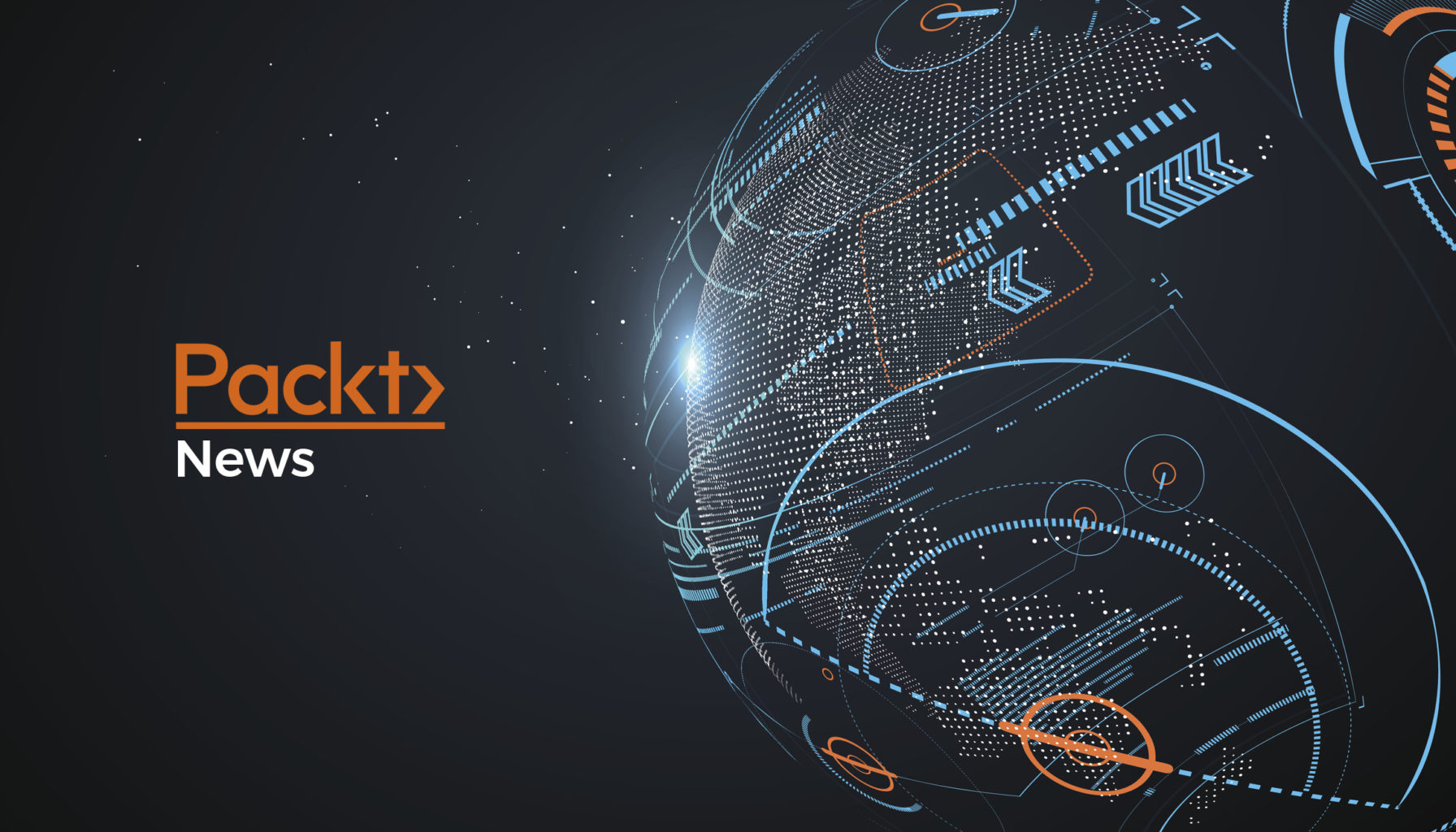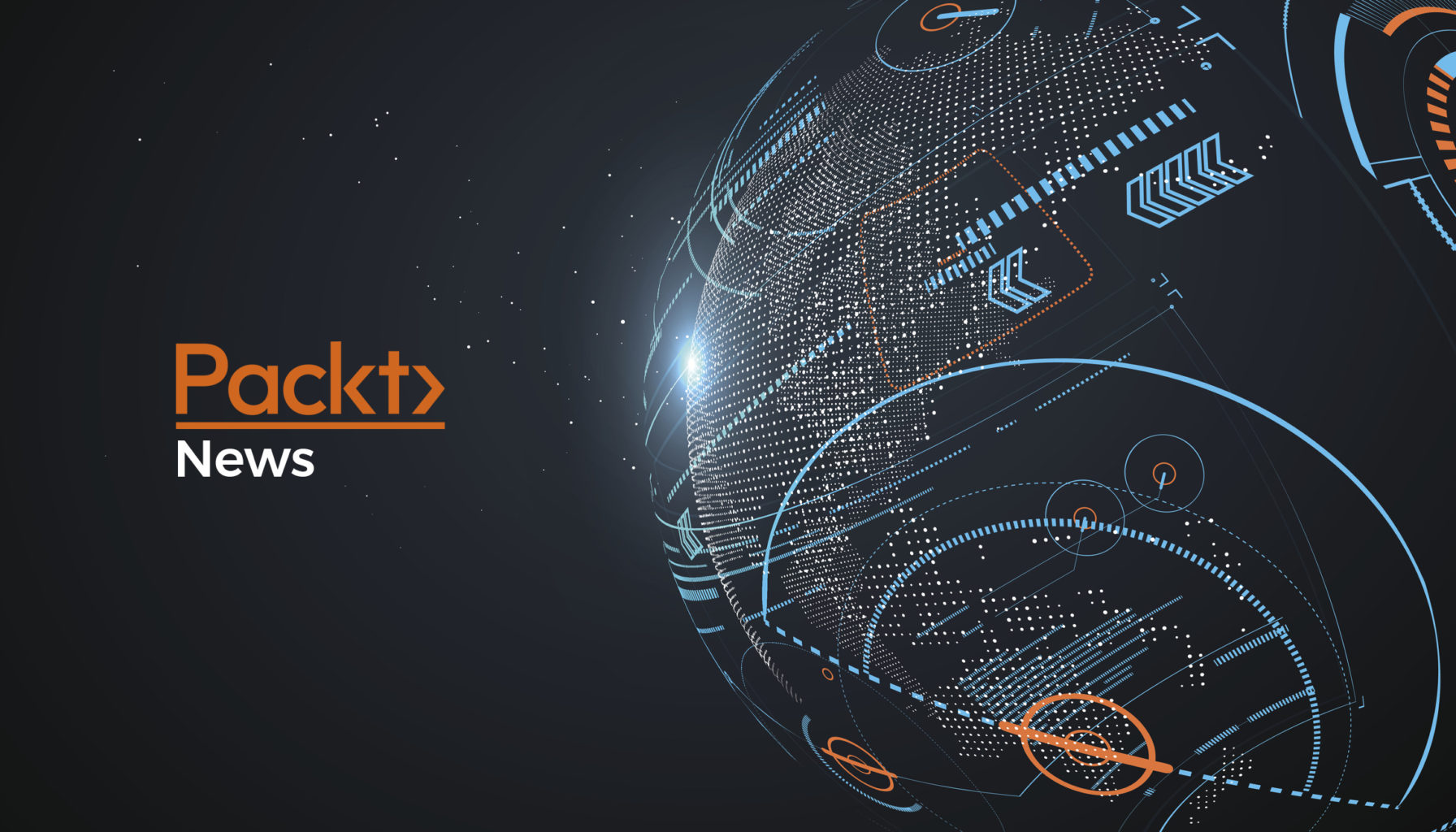Ethereum’s defiance of the cryptocurrency downfall, CES 2018 highlights, new ML tools for an analytics software, a new Edge AI Platform & AI Technology for Cross Platform Consumer Devices, in today’s top stories around machine learning, blockchain, and data science news.
1. Ethereum maintains its position while other cryptocurrencies fall
Cryptocurrencies Bitcoin and Ripple led the scoreboard of downfall early Monday morning.
Ripple started off with $2.46 which means 10 percent lower on the Bitstamp exchange. Bitcoin and Litecoin were down by 7.6 percent and 6.4 percent respectively, as per Coinbase. Additionally, Bitcoin futures also fell 10.5 percent at the Cboe, and traded at $15,010 as of 4. 15 p.m.(New York time).
Popular speculations for the downfall are,
Due to capital flows with investors realizing their profits from cryptocurrencies.
A data adjustment by CoinMarketCap, the most popular site for cryptocurrency pricing data, removed South Korean exchanges from its site, which have been known to trade much higher than the rest of the world
On the other hand, Ethereum still managed to escape the fall and traded at $1,143.56, i.e at a 4.7 percent rise.
According to a report, the transaction volume on Ethereum's network doubled which included periods where over 10 transactions per second were being processed. For comparison, Bitcoin's blockchain network can only handle about three transactions per second.
2. SkyFoundry Releases Machine Learning tools for its SkySpark® Analytics platform
SkyFoundry, a leading developer of analytics software, releases Machine learning tools for their SkySpark® Analytics software, which automatically analyzes building, energy and equipment data to identify issues, faults and opportunities for improved performance and operational savings.
The newly released machine learning tools provide support for supervised learning in order to predict and forecast through regression-based approaches, and classification using Support Vector Machine (SVM) techniques.
SkySpark, with a combination of full programmability and an extensive library of built-in functions allows customized analytics in order to meet the real-world needs of individual systems and facilities.
3. Rockchip announces 2.4 TOPS Embedded AI Chip
Chinese fabless semiconductor company Rockchip launches an AI-focused chip, the RK3399Pro, which consists of an SoC(System on a Chip) and an NPU (Neural processing Unit)
Features of the RK3399Pro SoC(System on a Chip):
The chip uses a dual-core Cortex-A72 CPU and a quad-core Cortex-A53 CPU as well as a Mali-T860 GPU.
It comes with a dual type-C interface, and supports a dual Image Signaling Processor (ISP), 4096x2160 display output, as well as an 8-channel digital microphone arrays input.
Features of the RK3399Pro NPU (Neural processing Unit):
The Neural Processing Unit (NPU), within the chip, promises an AI performance of up to 2.4 trillion operations per second (TOPS).
The NPU’s performance falls in between Huawei’s Kirin 970 AI processor (1.9 TOPS) and Google’s Pixel Visual Core (3 TOPS)
It is four times faster than Apple’s Neural Engine (0.6 TOPS)
The RK3399Pro NPU supports OpenVX, TensorFlow Lite, Android’s Neural Network API (NNAPI), as well as the more full-featured Caffe and TensorFlow machine learning framework frameworks.
The chip can do both 8-bit and 16-bit computing.
The company aims at targeting lower-cost devices with the RK3399Pro. Rockchip will enable developers with a reference design and SDK to get started on their RK3399Pro-based projects.
4. MediaTek shows off its Edge AI Platform & AI Technology For Cross Platform Consumer Devices
At CES 2018, MediaTek, a global semiconductor leader, today unveiled its ongoing AI platform strategy in order to enable AI edge computing with its NeuroPilot AI platform.
MediaTek will bring AI across its wide-ranging technology portfolio that powers 1.5 billion consumer products a year across smartphones, smart homes, autos and more. This will be achieved by combining hardware, software, an AI processing unit (APU), and NeuroPilot SDK.
MediaTek's current AI solutions for voice assistants, Televisions and autonomous cars, will also be showcased at CES where the company is demonstrating the power of AI and how it's redefining today's consumer devices.
This year, MediaTek plans to enable their partners and customers with technology advancements consumers demand through the power of AI integration with their chipsets.
The MediaTek's NeuroPilot AI platform has some key features:
Edge AI Enabler - Creates a strong hybrid of an edge-to-cloud AI computing solution.
Edge AI Efficiency - A balance of performance and power efficiency which makes implementing and running AI applications efficient and practical across devices.
Enhanced AI - Improvises features and applications that people use every day such as mobile devices, intelligent camera imaging and voice and image detection or recognition.
Supports Mainstream AI Frameworks - Operates in concert with existing neural processing SDKs including Google TensorFlow, Caffe, Amazon MXNet, Sony NNabla and more.
Software & Hardware Solution - Allows developers access to SOC level functions to build AI applications and solutions across MediaTek chipsets and MediaTek powered devices.
"With our broad range of chipsets, backed by our current and newly developed AI framework, MediaTek is poised to be a full ecosystem AI solution provider", said Jerry Yu, Corporate Vice President and General Manager of the Home Entertainment Business Group, MediaTek.
5. Tensorlang: A differentiable programming language which is based on TensorFlow
Tensorlang is a programming language for large-scale computational networks (e.g. deep neural nets) that is faster, more powerful, and enjoyable to use.
Tensorlang is designed to address a number of requirements such as:
Ability to saturate a single machine's local CPU and GPU with linear scaling
Seamless scaling to clusters of machines
Ability to compile programs to native code that runs fast on major operating systems and mobile devices
Native support for symbolic differentiation
Easy debugging and actual stacktraces for graph errors
Execution model that matches other programming environments (e.g. no delayed execution)
A productive REPL environment
Compatibility with existing libraries and models
To know more about Tensorlang in detail, visit the github link here.
6. Intel,Qualcomm, Samsung, LG, and many other tech players’ announcements at the CES 2018
The International Consumer Electronics Show (CES) 2018 kicked off last weekend. Here are some highlights so far:
Intel shows off it’s neuromorphic AI chip and a 49 qubit quantum chip
Qualcomm plans to make a smart speaker development kit and extends its support to popular voice assistants
Samsung announced that it would connect all its products with AI by 2020. It has also unveiled a high-tech television, The wall.
LG plans to intelligently enhance TV images using computer vision.
Udacity and Baidu partner to come up with AI courses for building self-driving cars
For a detailed catch up on each of these news, you can read the detailed news article in the link above.
Read more
 United States
United States
 Great Britain
Great Britain
 India
India
 Germany
Germany
 France
France
 Canada
Canada
 Russia
Russia
 Spain
Spain
 Brazil
Brazil
 Australia
Australia
 South Africa
South Africa
 Thailand
Thailand
 Ukraine
Ukraine
 Switzerland
Switzerland
 Slovakia
Slovakia
 Luxembourg
Luxembourg
 Hungary
Hungary
 Romania
Romania
 Denmark
Denmark
 Ireland
Ireland
 Estonia
Estonia
 Belgium
Belgium
 Italy
Italy
 Finland
Finland
 Cyprus
Cyprus
 Lithuania
Lithuania
 Latvia
Latvia
 Malta
Malta
 Netherlands
Netherlands
 Portugal
Portugal
 Slovenia
Slovenia
 Sweden
Sweden
 Argentina
Argentina
 Colombia
Colombia
 Ecuador
Ecuador
 Indonesia
Indonesia
 Mexico
Mexico
 New Zealand
New Zealand
 Norway
Norway
 South Korea
South Korea
 Taiwan
Taiwan
 Turkey
Turkey
 Czechia
Czechia
 Austria
Austria
 Greece
Greece
 Isle of Man
Isle of Man
 Bulgaria
Bulgaria
 Japan
Japan
 Philippines
Philippines
 Poland
Poland
 Singapore
Singapore
 Egypt
Egypt
 Chile
Chile
 Malaysia
Malaysia
